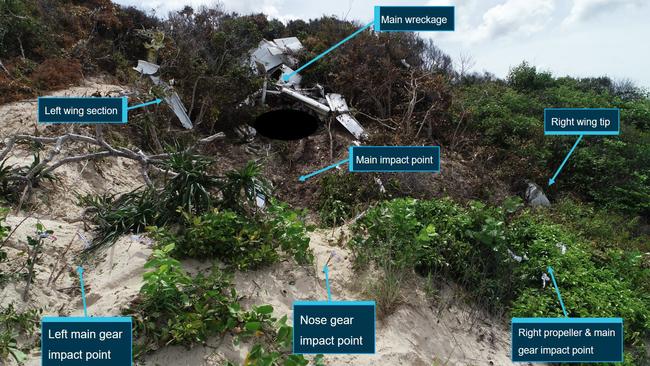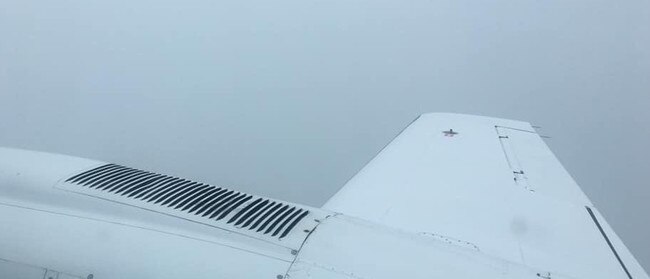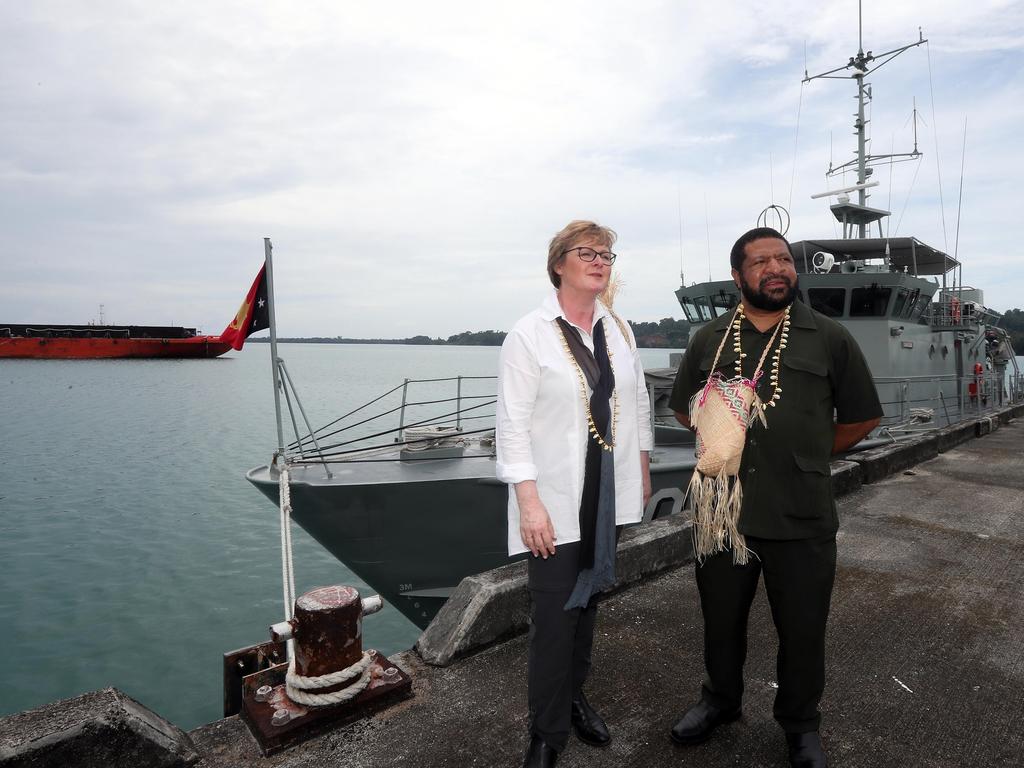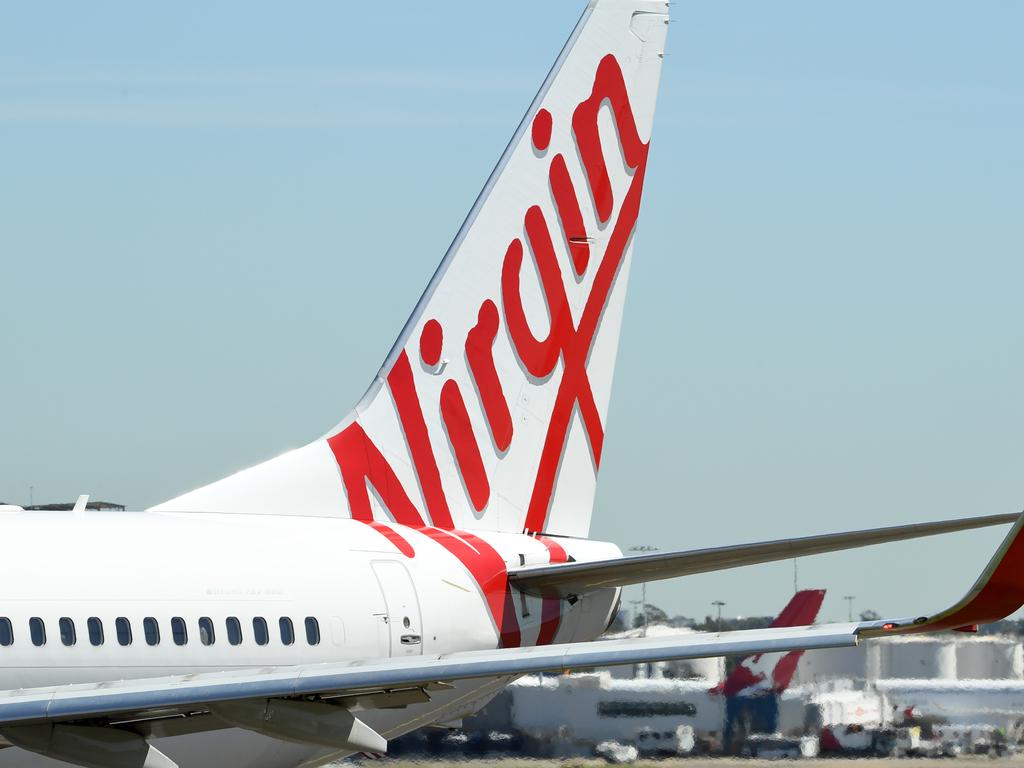Passenger’s photo, texts assist investigation of ill-fated charter flight to Lockhart River
Images taken by a passenger on board an ill-fated Lockhart River flight are helping investigators piece together what happened.

Photographs and text messages sent by a passenger on board an ill-fated charter flight to Lockhart River, have been used by investigators to piece together what went wrong.
Five men were killed on March 11 when the Cessna 404 crashed on to a beach while making a second attempt at landing at the Cape York Peninsula aerodrome.
The preliminary report released by the Australian Transport Safety Bureau on Thursday, pointed to bad weather and the potential shortcoming of the navigational equipment as causing the tragedy.
An image sent by a passenger after the first missed approach to the landing strip was accompanied by a text advising that they could not see the runway for heavy rain.
A second text was sent shortly afterwards to say a second attempt was being made but no further communication was received.

The report detailed the thorough preparations made by 36-year-old pilot Stuart Wavell for the early morning flight from Cairns, on behalf of operator Air Connect Australia.
On the March 11 service, three QBuild workers and a contractor were on board including Wayne Ganter, 63, Mark Rawlings, 49, Wayne Brischke, 57 and Henry Roebig, 62.
The flight set off at 7.19am and was unremarkable until the Cessna descended for landing and a missed approach was conducted at an altitude of 600-feet.
On the second approach the Cessna descended to about 700-feet then diverged to the left and continued descending until the aircraft impacted a sand dune.
All on board were killed and the Cessna destroyed.
ATSB transport safety executive director Nat Nagy said the crash site was 300m to the southwest of the specified RNAV (area navigation) approach track.
“Examination of the wreckage indicated that both engines were operating normally with substantial power on impact and that the landing gear was extended,” said Mr Nagy.
“There was no evidence of any structural or mechanical defects with the aircraft.”
As the investigation continued, the ATSB would further review and examine weather conditions at the time of the crash, and the software version and operation of the GPS navigational aid, a Garmin GNS 430, as well as the potential for pilot incapacitation.
Mr Nagy noted that the aircraft was not fitted with a cockpit voice recorder or a flight data recorder, and nor was it required to be.
A final report is expected by mid-2021.
In 2005, 15 people were killed at the Lockhart River when an Aero-Tropics Air Services flight crashed while on approach to land.








To join the conversation, please log in. Don't have an account? Register
Join the conversation, you are commenting as Logout